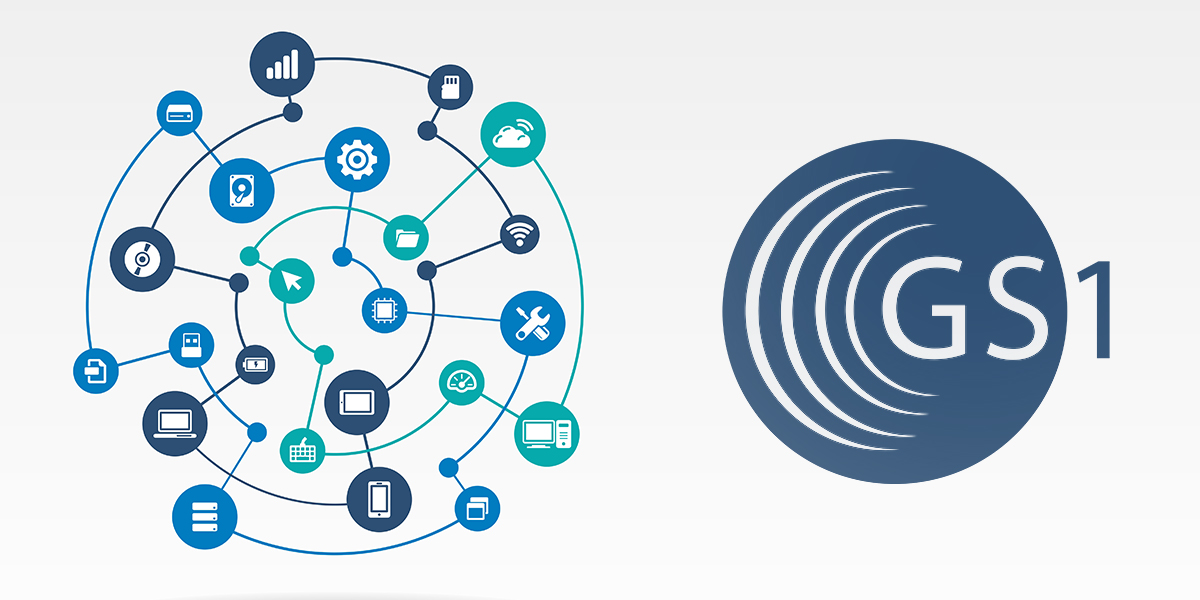
Content specialist
GS1 image standard and digital asset management
The GS1 product image specification standard is more than just a new standard for product images. The standard sets ready for an appropriate digital asset management policy that allows universal communication.
General specifications 1 or GS1
“The Global Language of Business”, is telling us that doing business is easier when you speak the same language as your customers, suppliers, and partners.But who or what is GS1? Actually, GS1 passes you daily and yet you may not be familiar with the organization itself but surely you are with their products. More specifically, GS1 introduced the barcode, present on every product you come across on a daily basis. This barcode is far out the most known product that GS1 has created over the years but certainly not the only one. In general, GS1 has a commitment to creating universal electronic communication standards for worldwide usage.
The GS1 product image specification standard in a nutshell
The publication of GS1 stands firm when it comes to standardizing product image specifications. First issued in 2008 and many times revisited, the standard (and annexes) is currently a full-featured document for processing, storage, and exchange of product images.
Too much to describe all details here, but almost all generalities were put on paper. These guidelines include for instance: margin, dimension, clipping path, file format, file name, product view, and much more. The latest version even specifies the standard on 360-degree product photography, detailed images, and metadata for branding.
It goes without saying that this standard imposes no obligation and functions as a guide in how to deal with product images for larger productions. Everything is optional and still determined by the owner of the product images. However, many parameters for processing, storage, and exchange of product images have been examined and are very relevant from our point of view.
With the standard in place and the rapidly growing attention in digital asset management (DAM) systems, everything is lining up for a universal language to process, store, and exchange digital product images.
So let’s talk about digital asset management (DAM)
Digital asset management (DAM) consists of management tasks and decisions surrounding the ingestion, annotation, cataloging, storage, retrieval, and distribution of digital assets. When talking about digital asset management and product images, we’re actually entering a sub-category of DAM, called media asset management (MAM).
If we keep it very simple, we could say that a universal standard with regard to creating digital assets, is the key for managing your digital assets on a universal level. The data and metadata can serve as guides for searching, retrieving, and access control of digital assets. For example, batch processing becomes a more general process through the introduction of a good standard for your digital asset management.
Sure, there’s a whole lot more to say about digital asset management and Wikipedia is always a great starting point if you want to dig deeper. For now, let’s get back to the center of this article and line up the product image standard with DAM.
GS1 product image specification standard and DAM
So why an article about some general points of the GS1 product image specification standard and very a short introduction to DAM systems?
Actually, it’s quite simple. Capturing both data and metadata with a generally applicable standard can make your life a lot easier. Our final goal is to communicate on a universal level and avoid doing things twice.
By using the GS1 product image specification standard, you’ve also created a great setup for a strong digital asset management policy. So you could say, two birds with one stone. Saving both time and money and probably a lot of frustration for production, storage, and exchange of product image.
Your assets or product images, not only based on a very specific standard but also ready for digital asset management. This is what GS1 brings to the table with this comprehensive product image specification standard.
If you want to know more about how to step up your game for both an image specifications standard and digital asset management, we are happy to share our point of view.